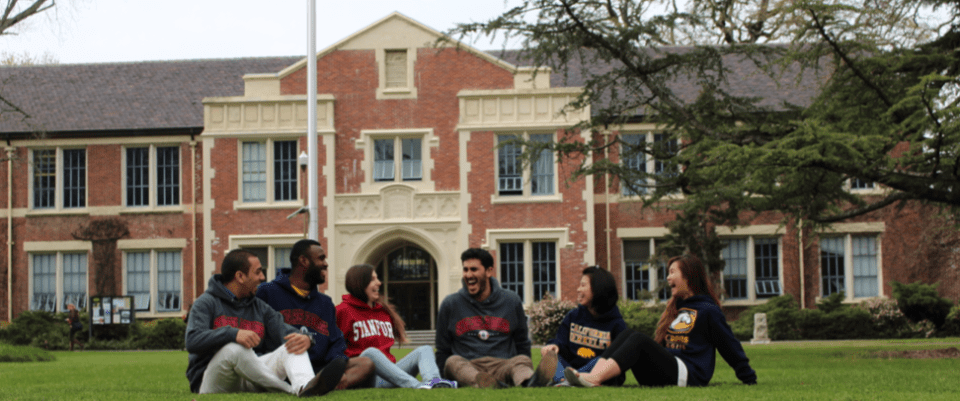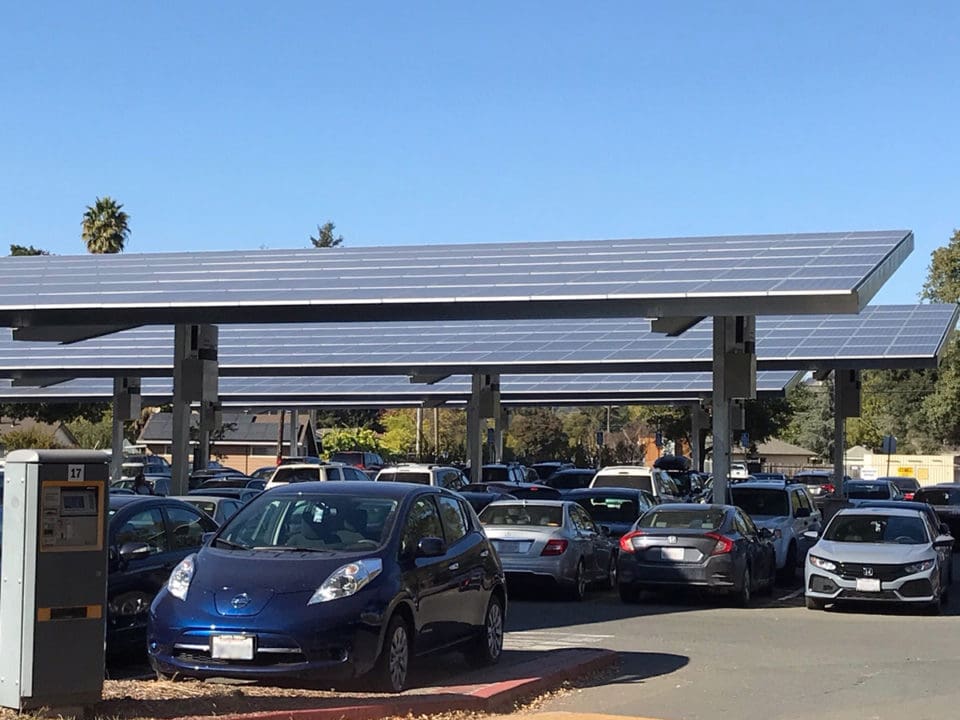-

Sustainability is at the core of the Santa Rosa Junior College mission to deliver to its student community the most affordable and best possible education in a high quality environment.
At just over 100 years old, Santa Rosa Junior College (SRJC) is part of the California Community Colleges System, the largest higher education system in the U.S. It is also in the heart of Santa Rosa County, a community that over the last few years has been barraged by disastrous wildfires, such as the 2017 Tubbs Fire that destroyed over 5,000 structures. More recently, it has been affected by the PG&E power shutoffs, which have left nearly 1 million customers, including homes, businesses, and schools in the dark for as long as 48 hours at a time.
Sustainability has long been at the core of SRJC’s vision of providing its student populations with the best possible education in the highest quality environment, while still managing costs so that it can serve low-income and underrepresented student populations. Towards that end, SRJC is transitioning all of its operations to carbon neutral by 2030. Now, the increasing frequency of deadly wildfires and disruptive power outages is elevating the need to build on its sustainability plans to execute a campus resilience strategy.
At the center of its sustainability and resilience strategies is the campus’s Facilities Master Plan, which includes solar, energy storage, and a microgrid. This sustainability plus resilience strategy, developed in part by David Liebman, Manager of Sustainability and Energy Programs at SRJC, will help reduce operating costs, so the college can put more funds into student programs. It will also help reduce campus reliance on utility power, so that it can ride out a power outage with minimal disruption.
-

This 2.4 MW solar carport at Santa Rosa Junior College is paired with a 1.2 MW energy storage system to lower costs, increase the usable consumption of solar, and future-proof the project.
Liebman and his team evaluated and deployed 1.2 MW of intelligent energy storage and 2.4 MW of solar as a joint solution, choosing Stem for its energy storage partner. Intelligent energy storage is a natural complement to solar energy, enabling organizations to turn variable, intermittent solar generation into a flexible, responsive, and always available resource. It also allows SRJC to shift to battery power when utility prices spike or when a demand response event is called. This delivers greater returns on solar energy investments and lower overall energy costs.
“We’re seeing 30 to 35 percent of our main campus’ electricity coming from onsite generation instead of from PG&E,” Liebman said. “On extremely hot days, our peak lead, which used to be in the 2,000 kW to 2,200 kW range, is now 800 kW to 1,000 kW. And when we’re at peak solar production, the load drops to 100 kW or even 50 kW, depending on whether the battery is charging or discharging.”
To enhance campus reliability and enable continuous operation during a power outage, Liebman and his team are building upon the existing solar and energy storage systems to develop a microgrid. Over the short-term, the microgrid will enable the campus to continue operating through shorter, nuisance outages. Ultimately, when the microgrid is fully built out, it will work in concert with the existing solar and Stem energy storage, leveraging its backup power capabilities, to allow the campus’s essential buildings to automatically operate independently of the local energy grid. With solar, energy storage, and a microgrid, the campus can stay operational during PG&E’s long-duration power outages or other emergencies.
